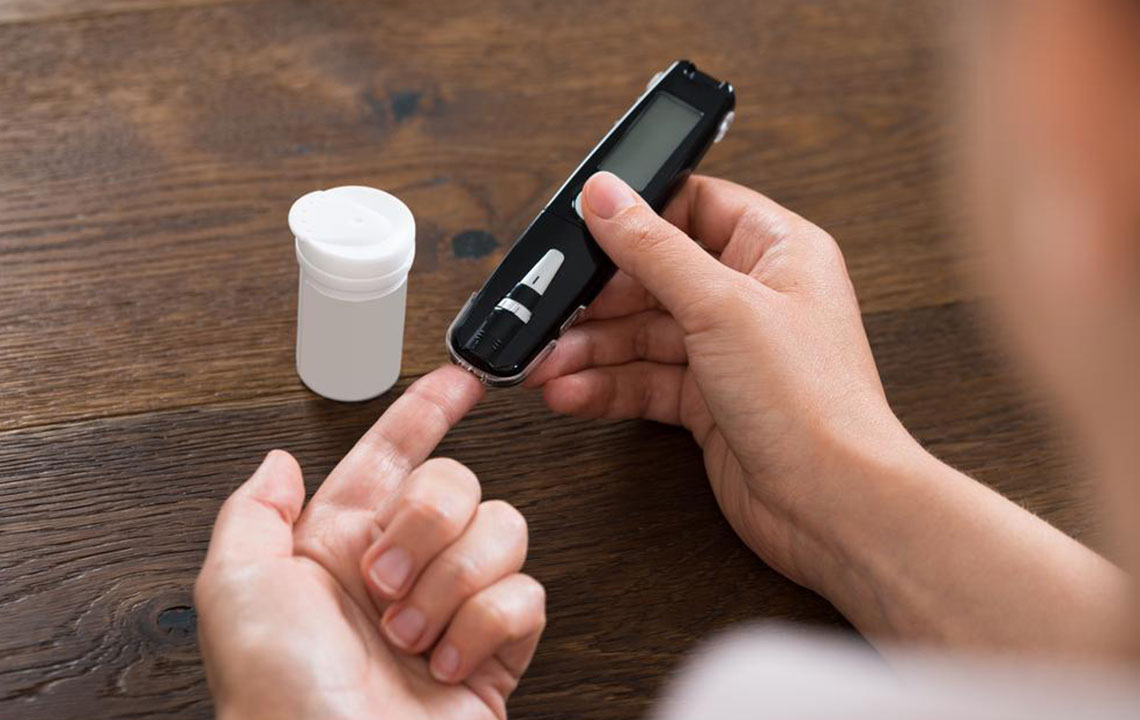Identifying and Differentiating Types of Diabetes: A Comprehensive Guide
This article explains how to diagnose and differentiate between type 1 and type 2 diabetes. It covers symptoms, development processes, and key testing methods like A1C and fasting blood glucose tests. Early detection is vital for effective management and preventing long-term complications. Understanding these differences enables better health decisions and timely medical intervention.

Identifying and Differentiating Types of Diabetes: A Comprehensive Guide
Diagnosing diabetes and determining its specific type traditionally relied on recognizable patterns of symptoms. Typically, early-onset individuals dependent on insulin injections are classified as type 1 diabetics, whereas overweight individuals exhibiting insulin resistance are considered type 2 diabetics.
However, the clear distinction between the two has blurred, as type 1 patients can show symptoms similar to those of type 2. While both involve elevated blood sugar levels, their origins and progression differ significantly, making accurate diagnosis essential.
Understanding how to distinguish between the two types involves specific diagnostic methods, which we will explore, starting with type 1 followed by type 2, along with common diabetes testing procedures.
Type 1 Diabetes
Usually diagnosed in childhood, type 1 diabetes is not linked to weight gain. Elevated ketone levels in blood samples during testing are indicative. Management primarily involves insulin injections or pumps, as the condition cannot be controlled without insulin. Key diagnostic tests include the A1C and fasting blood glucose tests.
Type 2 Diabetes
Typically develops in individuals over 30 years old who are overweight, characterized by high cholesterol or blood pressure levels. It can be managed with medications, with some patients able to discontinue treatment later. Diagnosis relies on fasting glucose, blood plasma glucose, and A1C tests among others.
How Type 1 Develops
This form is primarily autoimmune, where the immune system mistakenly attacks pancreatic beta cells, reducing their numbers until they are depleted. Consequently, individuals with type 1 rely entirely on insulin. Early diagnosis through blood testing is crucial.
How Type 2 Develops
In this form, the body gradually develops insulin resistance, impairing its response to insulin. The pancreas compensates by producing more insulin, which strains and damages beta cells, leading to decreased insulin secretion over time. Detecting this early improves management options.
Persistent high blood sugar levels can cause long-term damage to organs if untreated, emphasizing the importance of early detection and intervention.










